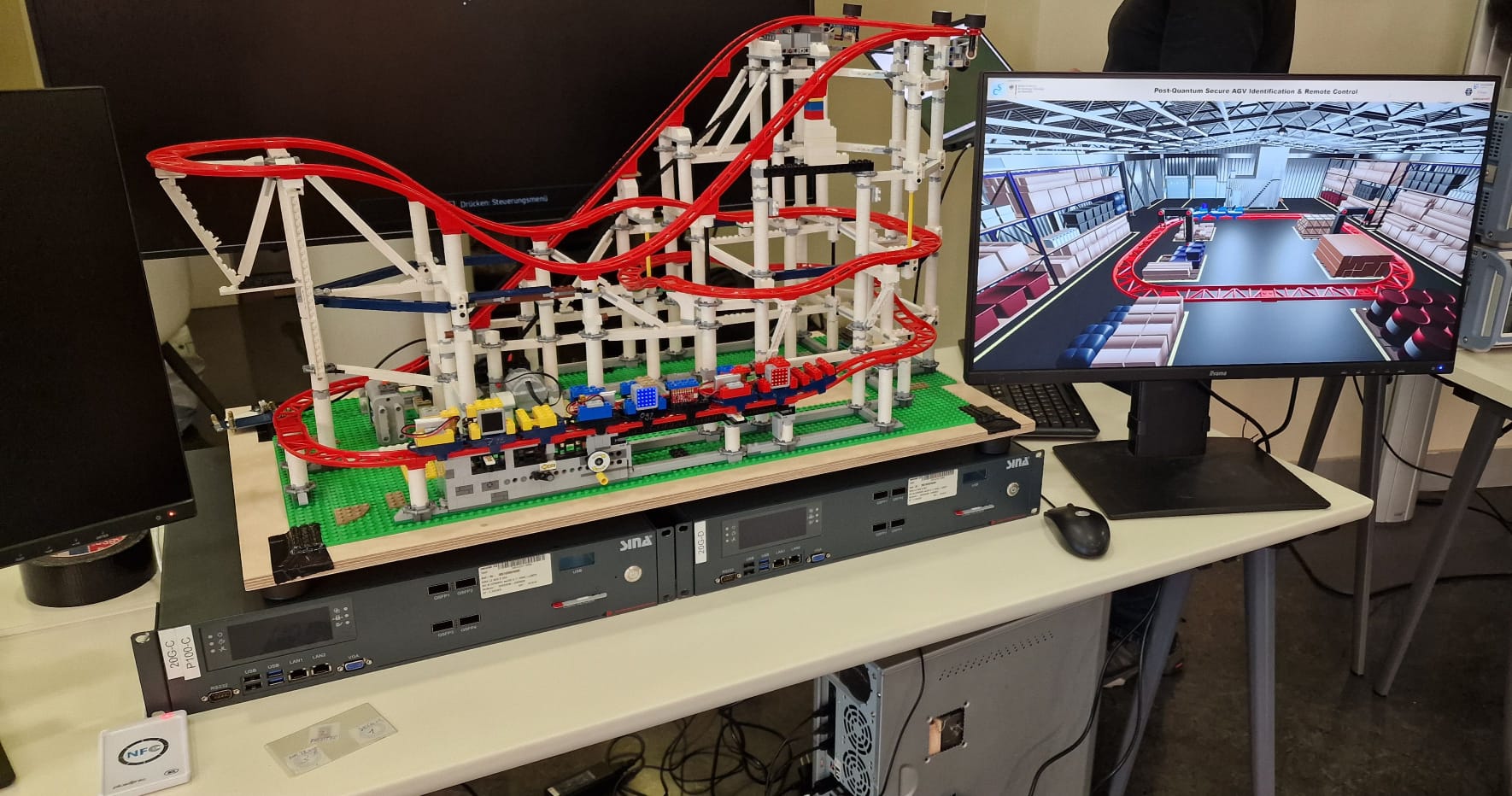Digital twin

Read more: Secure industry thanks to protected digital twins
The industry has long been enthusiastic about it: the digital twin. Just over two years ago, almost half of those surveyed in a Bitkom survey (german) were already backing it. At the same time, hopes are high. After all, it promises to reduce costs, predict maintenance, facilitate decisions, increase efficiency, and thus pave the way for sustainable production. However, its potential has not yet been fully exploited. The reason: there is no standard—one that also takes security into account.
Industrie 4.0 – not without digital twins
The digital twin has become the heart of modern manufacturing companies. By mapping real objects in digital information, predictions and decisions can be made quickly and easily, for example, regarding machine usage or maintenance. However, it is precisely this interconnectedness that poses the real danger of the technology.
If a digital twin is not clearly identifiable or inadequately protected, attackers can manipulate production parameters, inject false data, or disrupt entire processes via insecure interfaces. Companies that fail to create a sufficiently reliable identity architecture may therefore also lose their innovative strength in the next step.
Achieve more with standards
The so-called administration shell – known internationally as Asset Administration Shell (AAS) – provides a remedy here. It acts as a digital profile of a physical asset, bringing order to data and functions while providing a solid security basis. Each asset is assigned a unique, certificate-based identity. Encryption, authentication, role-based access control, and real-time logging are just as much a part of the concept as the ability to provide information in a structured and interoperable manner.
What makes the AAS special is that it integrates easily into existing IT and OT environments, regardless of the manufacturer. This allows secure processes to be established without companies having to rebuild their entire system landscape.
Sebastian Rohr and Michael Seitz describe in more detail how the associated digital identities can be protected in their technical article for Industrieanzeiger: On the necessary evolution of the digital twin (german).
Would you like to get more out of your digital twin while keeping it secure? Then let’s talk.
Make an appointment now
